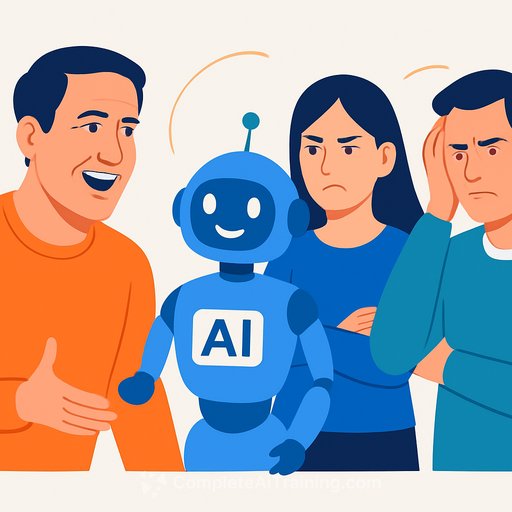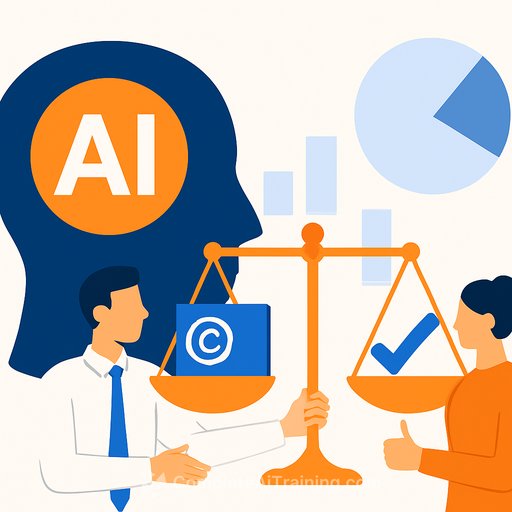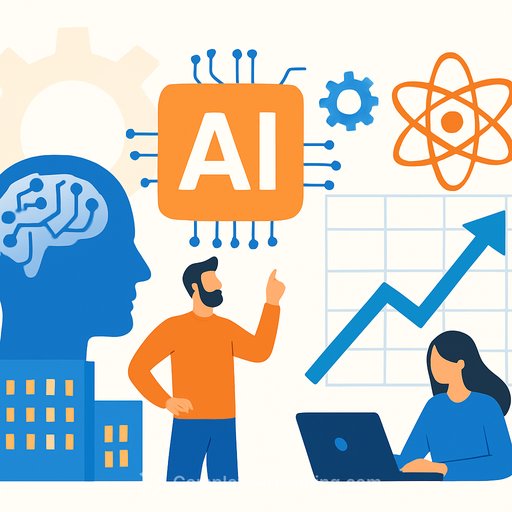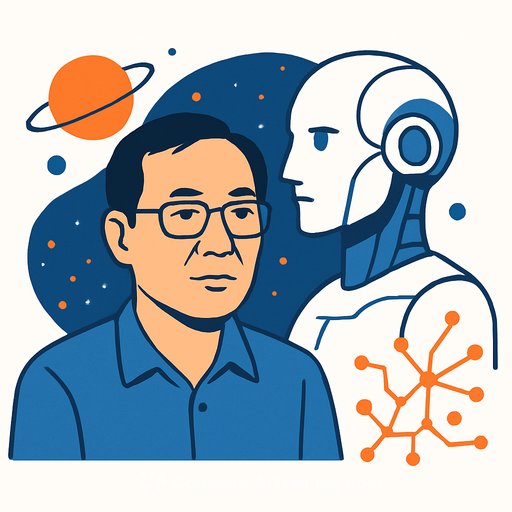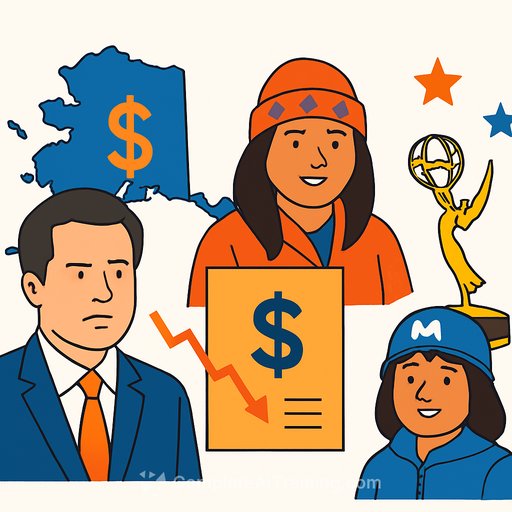AI Imitates Emotion. Your Originality Is Safe.
"AI is an imitation of human emotion, not a threat to originality." That line cuts through the noise. AI predicts patterns. You create meaning.
Imitation vs. Originality
AI learns from public text and reproduces the shape of language. It's pattern recognition at scale, not lived experience. Useful, yes. But it can't replace your point of view, your taste, or your scars.
If you want the tech-side breakdown, here's a clear primer on how large language models work: Stanford HAI explainer.
What Makes Your Work Original
- Taste: The standards you hold and the edits you won't compromise on.
- Specifics: Names, numbers, settings, and stories only you can tell.
- Intent: A clear outcome for the reader-what they can do with it today.
- Constraint: A simple rule that forces clarity (e.g., "no jargon," "one idea per paragraph").
Use AI Without Losing Your Voice
- Start human: Write a single sentence that states your point in plain words. That's your anchor.
- Feed it proof: Provide bullets from your notes, examples from your work, and quotes you stand by.
- Ask for structure, not style: Outlines, counterpoints, questions to answer-keep the voice yours.
- Ban clichés: Tell the model what phrases to avoid so you don't get generic filler.
- Edit for energy: Replace weak verbs, add specifics, cut anything you wouldn't say out loud.
A Simple Daily Writing Stack
- Freewrite for 10 minutes. Pull one strong line-make it your headline.
- Ask AI for 3 outlines that argue your point from different angles.
- Draft fast. Swap generic lines with personal details and examples.
- Read it aloud. Trim anything that drags. Punch up the first and last sentence.
- Ship. Share, collect feedback, log what resonated.
Guardrails That Keep It Human
- Give the model source material from your life or projects. No source = bland output.
- Limit length. Short constraints force clear thinking.
- Keep a running list of your "voice tokens" (phrases you use). Add 1-2 per piece.
- Fact-check anything presented as a claim. Link to primary sources when possible.
Where AI Actually Helps Creatives and Writers
- Idea expansion: alternative angles, objections, and analogies you can refine.
- Outline options: different structures for the same argument.
- Compression: turn transcripts or research into tight summaries.
- Variant testing: 10 headlines, 3 leads-then you choose and rewrite.
Want to see the context behind the quote? Watch here: YouTube interview.
If you want practical tools and training to sharpen your workflow, explore these resources: AI tools for copywriting and AI courses by job.
AI imitates. You originate. Keep the machine in its lane, and your work stays unmistakably yours.
Your membership also unlocks:



